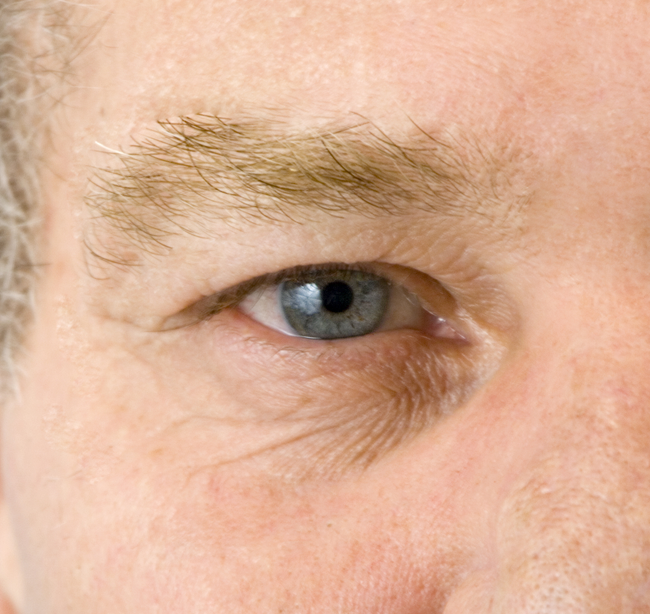
Request an Appointment
If cataracts have limited your ability to enjoy the things you used to love, cataract surgery from the Raleigh-Durham eye surgery team at Kelly Eye Center can provide you with restored vision and a brand-new outlook on life. While all human eyes share the same basic structure, every eye is a bit different in terms of size, depth, curvature of cornea and other key features. Every eye must be carefully measured and mapped prior to cataract surgery. These images, measurements and data they provide, are then used to plan and perform a personalized treatment.
Measurements & Technology
During cataract surgery, the intraocular lens (IOL) that replaces your natural lens must be the correct size for your eye. Each eye has a specific length, a different corneal curvature, and variable intraocular dimensions. As lenses have focal distances, it is vital that the focal length of the implanted lens is appropriate for the length of the eye. It is equally important to have a healthy cornea and tear film for the sharpest vision possible after cataract surgery. Thus, prior to surgery, every eye must be carefully measured. Along with ultrasound technology, laser technology is now used to provide the most comprehensive and accurate measurements for our patients.

To determine both the lens power that is right for you and exactly where the new lens is to be placed, we believe that more than two standard measurements are necessary; therefore the following services may be used at your cataract evaluation:
Zeiss IOL Master™
The Zeiss IOL Master™ is the gold-standard in instrumentation for pre-operative measurements of patients with cataracts. It quickly and precisely performs the necessary measurements in one session: eye axial length, corneal curvature, anterior chamber depth, and “white-to-white”. The IOL Master™ is a non-contact instrument that maximizes patient comfort.
Immersion Ultrasound A-scan
Occasionally, a patient will have a cataract that is too dense to achieve a reliable axial length measurement via the Zeiss IOL Master™, or a patient may present with a difference in the eye axial length between the two eyes. When either of these situations arises, an independent test called an Immersion Ultrasound A-scan is performed. The Immersion Ultrasound A-scan involves the patient being seated in a semi-reclined position, and an ultrasound probe with a water bath is used on the corneal surface. The ultrasound unit measures the time it takes for the ultrasound wave to travel from the probe tip to the retina and back. A one-dimensional scan is produced measuring eye axial length.
Optical Coherence Tomography (OCT)
The Zeiss OCT provides Dr. Kelly a non-invasive way to scan the retinal nerve fiber layer (located in the back of the eye) to screen and monitor macular and optic nerve issues. The OCT uses light waves to produce a cross-sectional image of the retina and optic nerve. Pre-operative OCT’s of the macula are frequently performed to determine if underlying structural issues (not easily identifiable due to a denser cataract) are present. Dr. Kelly counsels patients and seeks referrals to specialists for patients in which a macular or optic nerve issue may significantly affect vision after cataract surgery.
Oculus™ Pentacam™
The Oculus™ Pentacam™ is a form of corneal topography used at the Kelly Eye Center. Corneal topography measures the curvature of the front corneal surface through a combination of computer-assisted video imaging and data analysis. To pictorially quantify corneal astigmatism, Dr. Kelly orders a Pentacam™ for each cataract evaluation. The Pentacam™ maps and measures corneal astigmatism by acquiring 50 measurements of both the front and back surface of the cornea in approximately 2 seconds. Dr. Kelly will then compare the Pentacam™ measurements to the Zeiss IOL Master and Cassini measurements for verification of astigmatism, and to make astigmatism and lens implant recommendations. The Pentacam™ is also utilized to perform corneal power measurements across different corneal zones in patients who have previously undergone refractive procedures.
Cassini
The Cassini is another form of corneal topography used at the Kelly Eye Center. The Cassini utilizes 672 LED lights to measure the front corneal surface. Dr. Kelly compares all corneal measurements, as stated above, prior to making surgical treatment recommendations.
